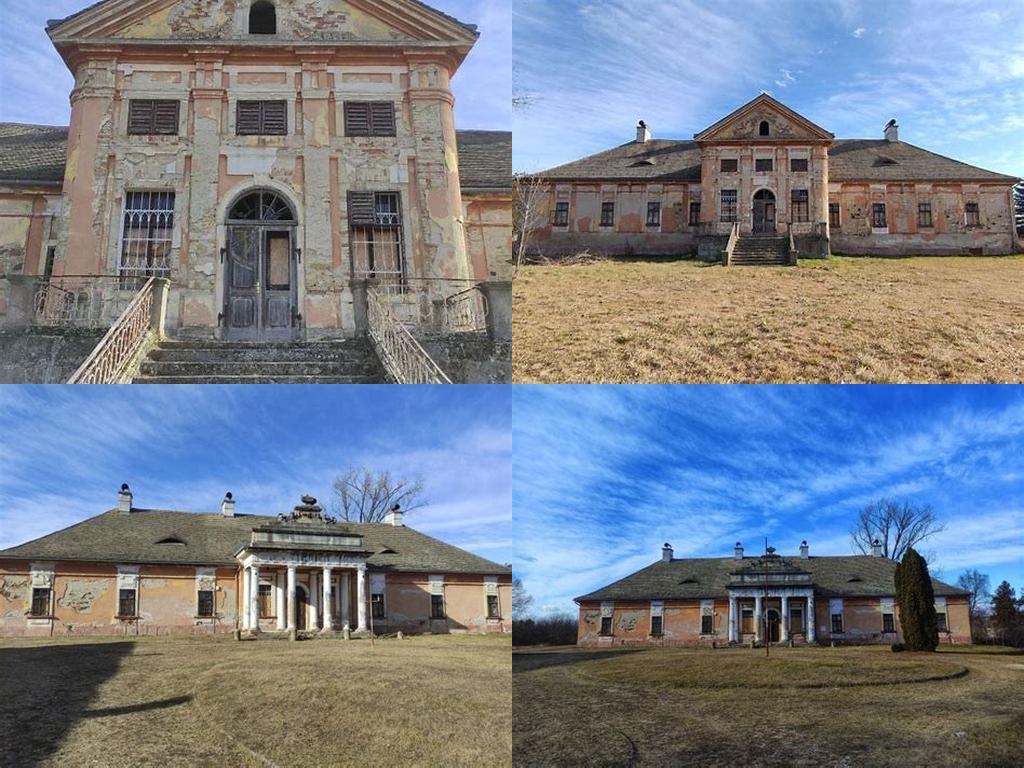
Rudnay-kastély in the small village of Váchartyán might not top every tourist’s bucket list, but for travelers searching out atmospheric corners of Hungarian history, this place offers something quietly extraordinary. Tucked between rolling fields and untamed groves, the mansion isn’t the sort of grand, pristine palace that draws crowds with gold-plated gates and endless halls. Instead, it feels as if the pulse of time beats beneath its walls, humming with stories stretching back to the 18th century, when stones were first laid to create what locals would soon call “Rudnay Mansion.”
The mansion’s story is inseparable from the legacy of Rudnay Sándor, a cardinal and archbishop later celebrated throughout Hungary for his intellect and cultural advocacy. Born in 1760, Rudnay Sándor wasn’t just a towering figure in the Catholic Church but also a lover of fine arts and a keen patron of Hungarian culture. His family acquired the Váchartyán estate during a period when landed nobility still actively shaped the region’s landscape and life. The mansion grew along somewhat modest lines for an aristocratic home of the era: it was never built to overwhelm, rather to offer space for contemplation and gathering, shaded courtyards for conversation, and a tangible closeness with the natural world.
As you wander beneath the faded eaves and through quietly elegant rooms, a certain sense of intimacy takes hold. The building’s baroque bones—arched entrances, curved window lines—are softened by later Neoclassical touches, mirroring architectural trends that swept through Hungary by the early 19th century. Decorative ceilings and wood-paneled hallways speak less of showy wealth and more of an enduring affection for beauty and tradition. It’s easy to imagine candlelit evenings, perhaps during Rudnay Sándor’s own time, filled with philosophical conversation and the gentle strains of chamber music drifting up from the drawing room.
The mansion’s extensive grounds remain another hidden treasure, largely untamed compared to many of Hungary’s sculpted palace gardens. Ancient chestnut trees and wild shrubs encircle the house, forming a natural sanctuary that changes with every season. In spring, the manor seems embraced by a riot of blossoms, while autumn turns the pathways to a soft gold. For birdwatchers, painters, or those who simply enjoy a quiet morning walk, the grounds around Rudnay-kastély invite you to linger, unhurried and undisturbed. Local legend even holds that some of Rudnay Sándor’s favorite trees, planted by his own hand, still watch over the estate.
Within the house itself, restoration efforts over the past decades have focused on preserving rather than reinventing the original character. There’s a notable lack of high-tech displays or grand pomp—just a respectful nod to the slow passage of days and the gentle wear of hundreds of years. Photographs in the gallery rooms tell stories not only of the mansion’s original residents but also of its many purposes through time. For years, the estate hosted celebrated guests, scholars, and artists, serving as a retreat where ideas took root far from the distractions of city life.
Perhaps most charming of all is the way Rudnay-kastély connects visitors not just with the past, but with the rhythms of life in Váchartyán today. Village tradition lingers in the air: you might catch the scent of baking bread from a neighbor’s kitchen, or stumble upon a Sunday picnic in the shade of the manor’s outer wall. The people here retain a warmth that feels timeless, always eager to share a local story or point out a favorite spot in the countryside. In this sense, Rudnay-kastély isn’t a static monument—it’s a living heart in the rural landscape, pulsing quietly just as it always has.
So much about this place lies off the beaten path, far from the tourist throngs. If you take the time to explore slowly, absorbing the creaks of century-old floorboards and letting your gaze rest on sun-dappled windows, the mansion rewards you with a gentle, unforgettable sense of connection. Hidden histories, a storied family, and the hushed grandeur of Hungarian countryside come together at Rudnay-kastély—a reminder that sometimes, the most captivating destinations are those found at the quiet crossroads of time and memory.





